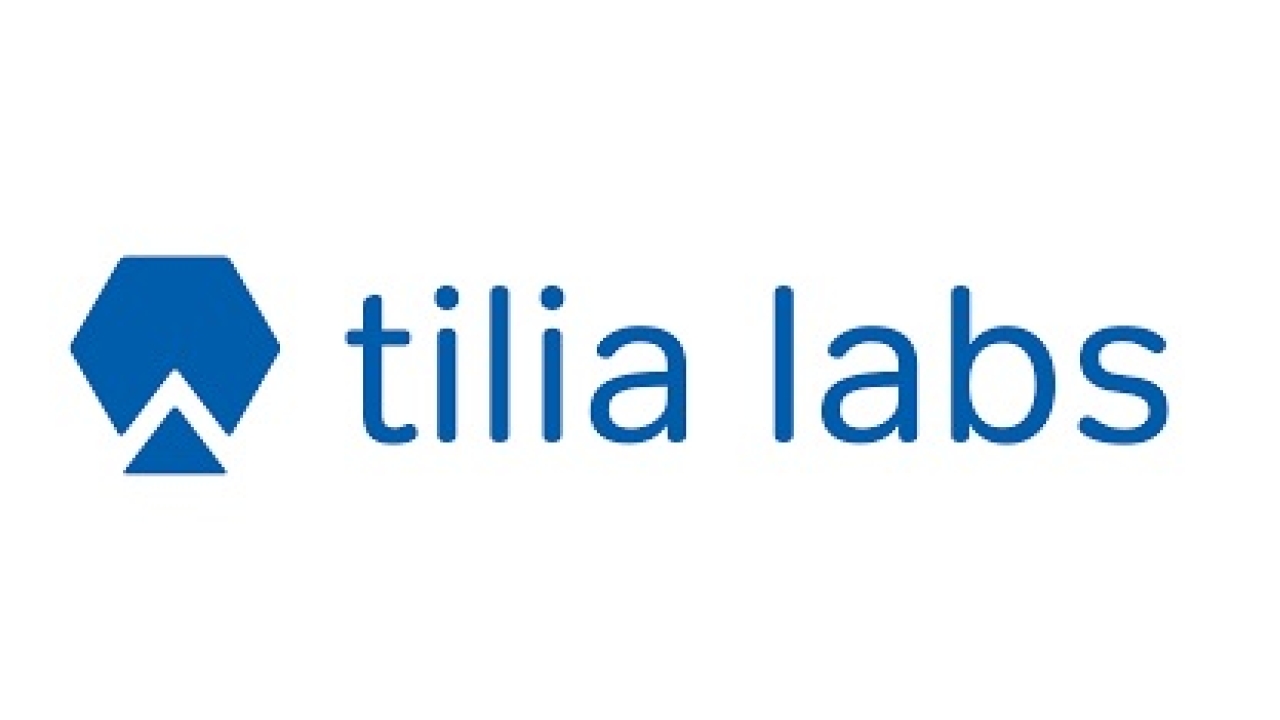Tilia Labs and Cerm collaborate on pre-press
Tilia Labs, a developer of planning, imposition and automation software technology for the graphic arts industries, has entered into a new partnership with Cerm for the benefit of label printers.

As part of the development with Cerm, the two companies will offer integrated pre-press capabilities for maximizing efficiencies in label print production. The companies created a new, seamless integration between Cerm MIS and tilia Phoenix ganging capabilities to deliver a ‘Plug and Play’ product for optimizing sheet-fed label production workflow, from design through to distribution.
According to Geert Van Damme, managing director of Cerm, increasing demand from customers for an ‘intelligent ganging system’ acted as the catalyst for Cerm to explore options for a imposition product: ‘Cut and stack sheet-fed label producers were asking for a sophisticated capability that would allow them to combine a variety of labels with different sizes, colors and quantities on print sheets,’ he said.
‘We tested several different offerings and options with a number of customers and tilia Phoenix came out way ahead in every respect,’ Van Damme continued. ‘Its speed was the first thing to impress everyone. It also offers an extensive set of preferences, allowing the print shop to align the system with its routine production habits. The user can make any number of changes to the chosen option and even save it as a template for the future. On top of this, the system is very intuitive – for usability it couldn’t be matched.'
Tilia Lab’s tilia Phoenix draws on new developments in artificial intelligence (AI) in automating planning and imposition for all types of devices and print applications. At its hub is Imposition AI, a set of tools and protocols designed to search across millions of possibilities to calculate the most cost-effective ganging and nesting combinations for up to 1,000 orders at a time. The system factors in parameters, such as job specifications (quantity, dimensions, colors, substrates), presses/print devices, postpress requirements, and delivery considerations.
In the combined product, the Cerm MIS interfaces directly to Phoenix as to an intelligent ‘black box’, without the need to switch back and forth between applications. A group of individual orders can be ganged based upon the calculation of total production costs. The preferred ‘option’ can be stored during estimation and re-used for repeat production runs, even allowing individual elements within the template to be swapped for identically shaped labels. If significant changes are called for, the gang-sheet can be opened, elements can be replaced or added and then re-ganged. When a final option has been selected, tilia Phoenix generates print-ready ganged layouts and imposition JDF instructions.
Van Damme comments that, due to Cerm’s existing integration with Esko automation engine, the Phoenix JDFs will automatically drive Esko’s platemaking, offering additional time and cost savings to the print shop.
‘In line with our strategic focus on selecting and integrating with the best technology partners, we’re thrilled to join forces with Cerm,’ said Sagen de Jonge, CEO of Tilia Labs. ‘Tilia and Cerm customers can now tap into a wealth of combined knowhow via a single source to gain a very powerful management system. The ongoing development opportunities are also promising - Cerm are already looking at our die-cut capabilities to explore the potential of developing a joint offering. This is not simply a technical interface between the two systems, it’s about complete solutions that will evolve with new developments from both sides over time.’
Stay up to date
Subscribe to the free Label News newsletter and receive the latest content every week. We'll never share your email address.

